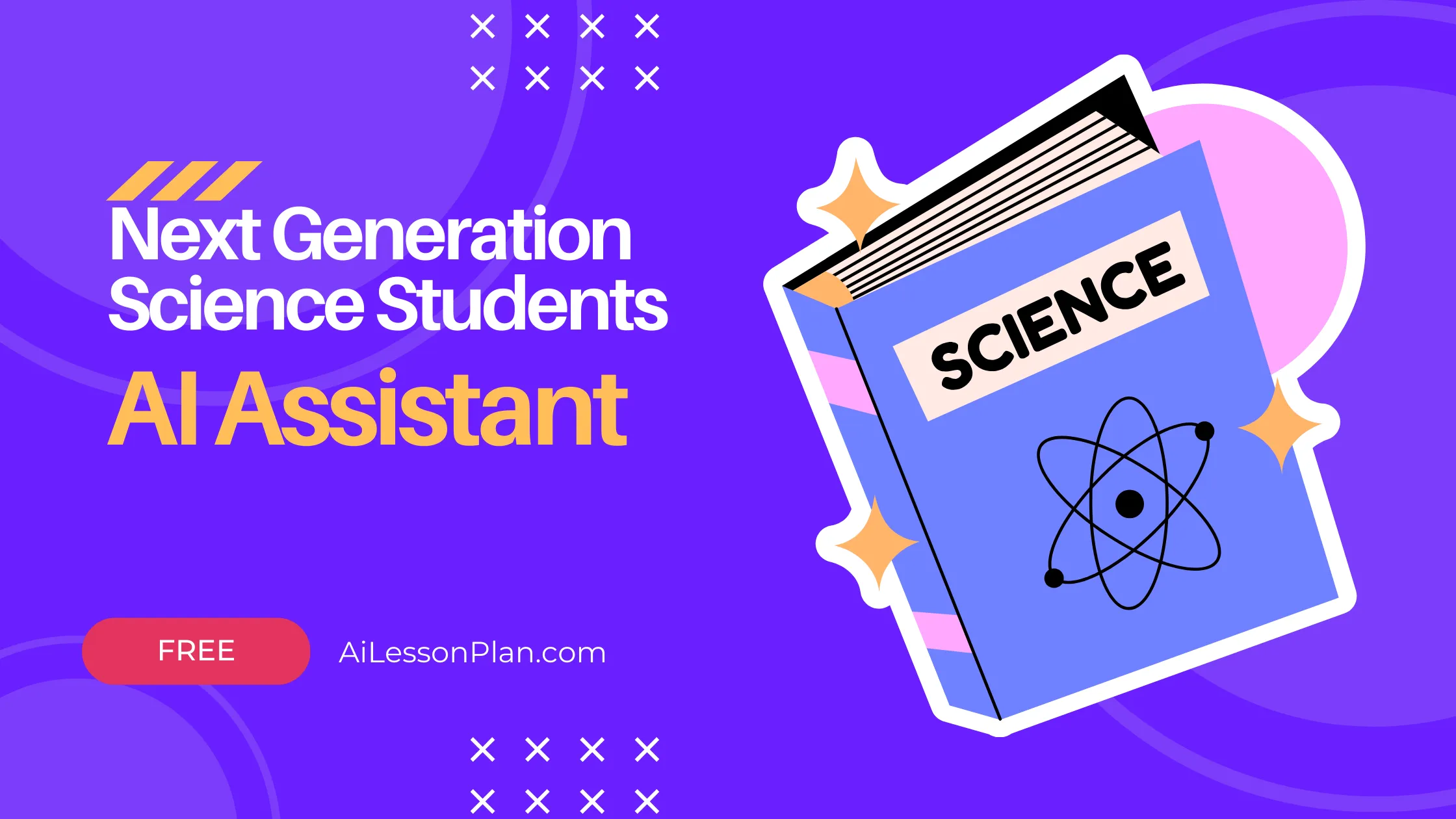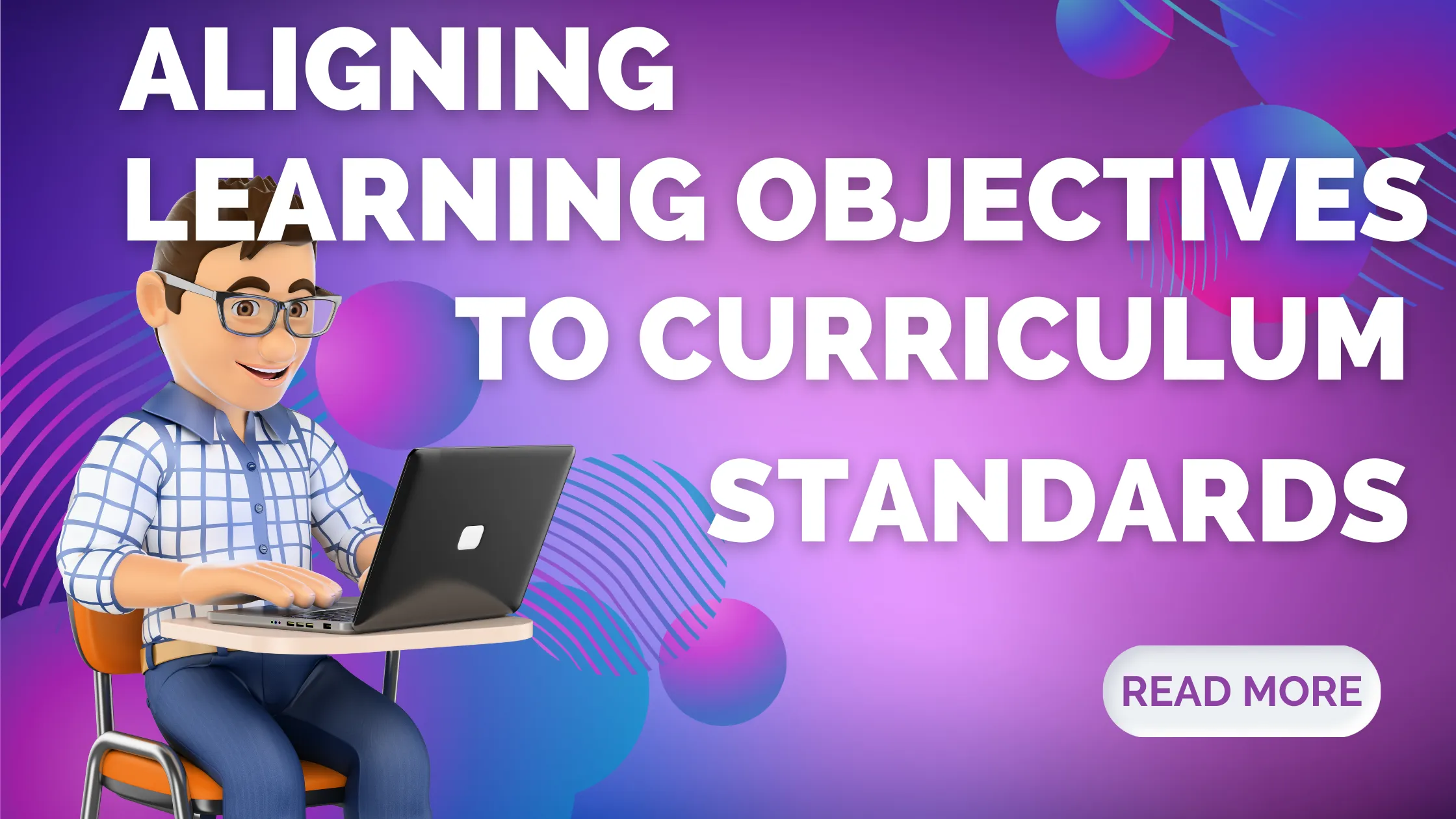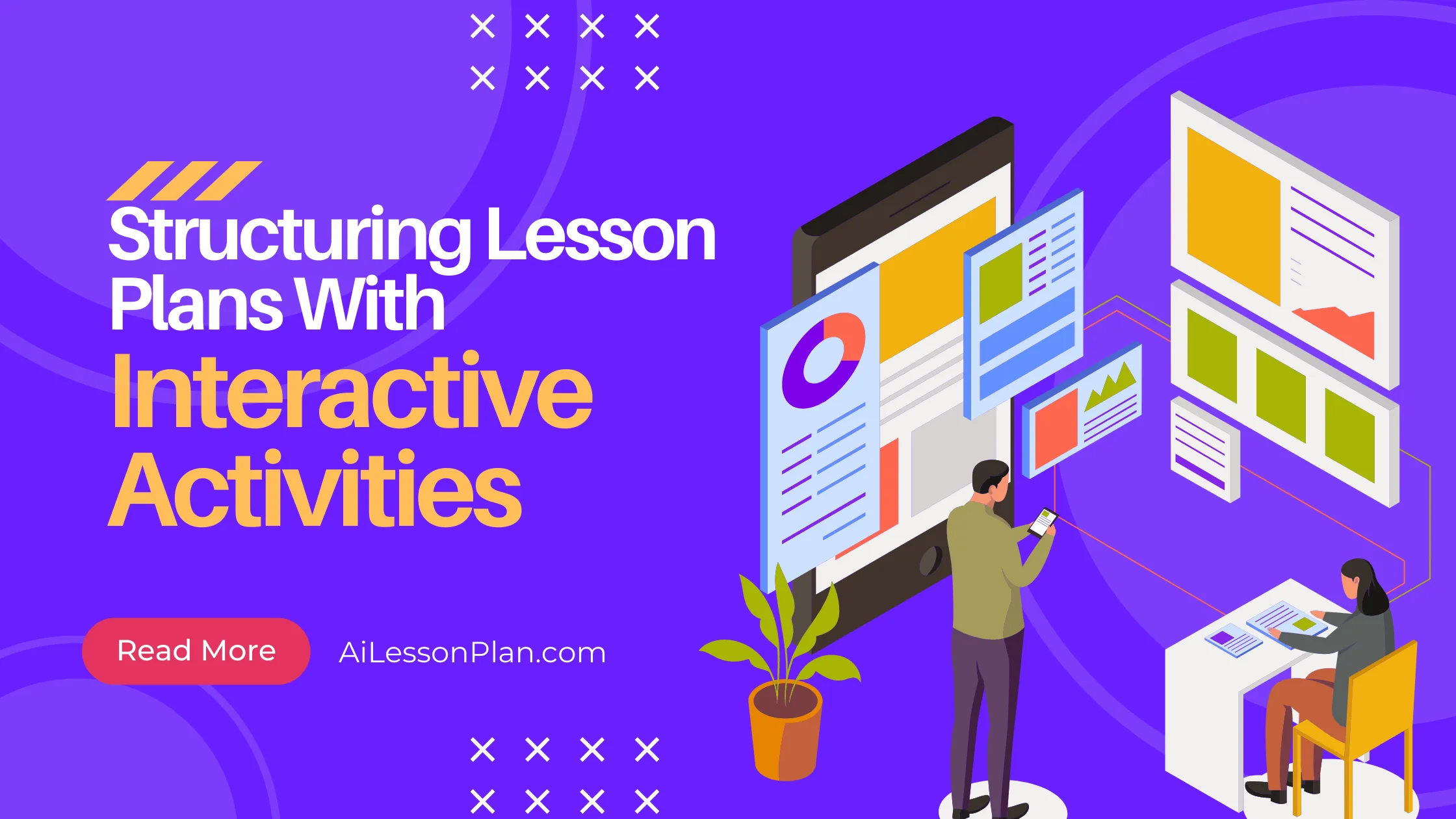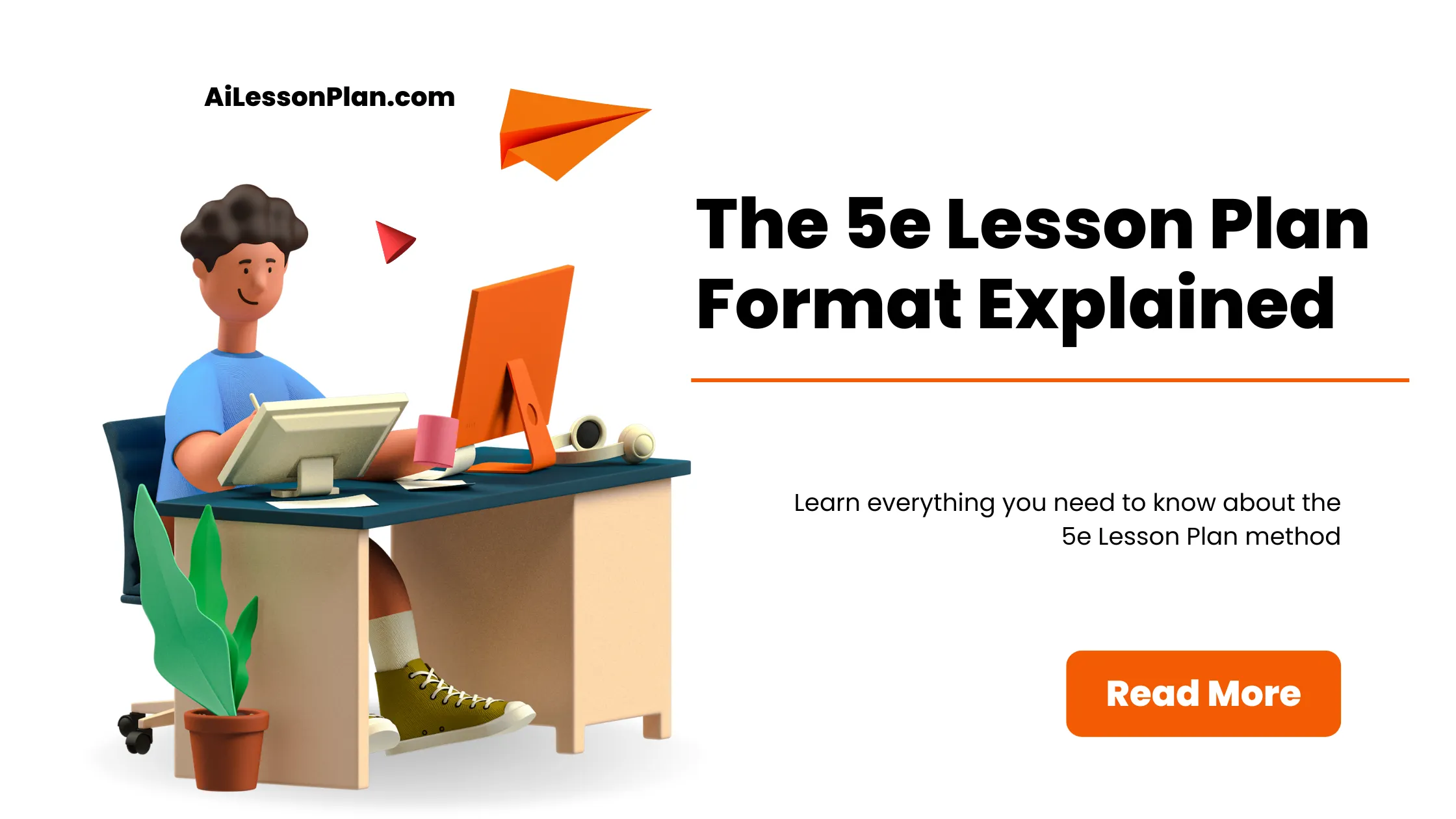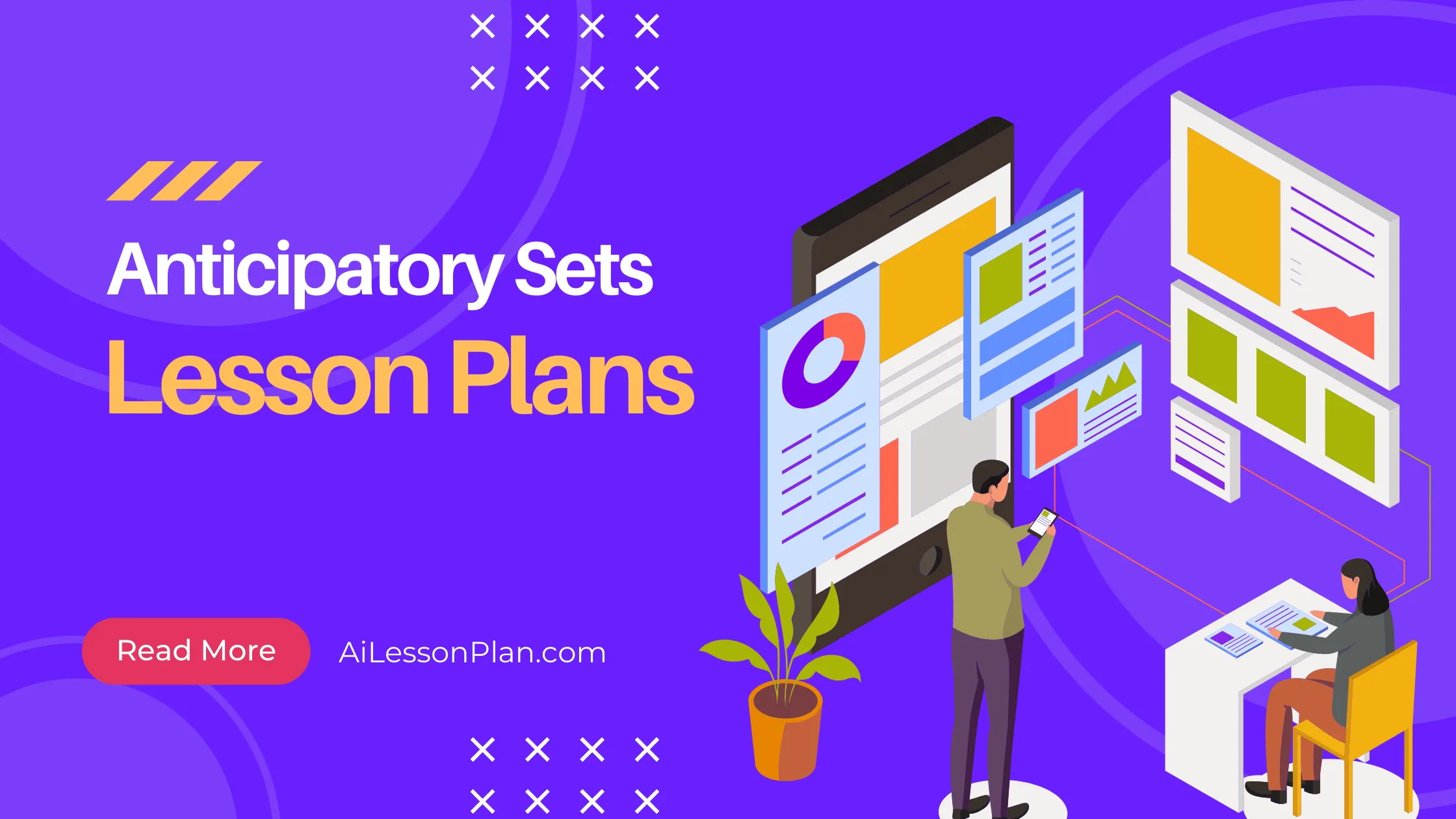The Ultimate Guide to Creating Lesson Plans
As a teacher, creating a lesson plan is an essential part of your job. It helps you to be organized and focused while teaching, ensures that your students are learning the right things, and makes it easier for you to evaluate their progress.
But creating a lesson plan can be time-consuming and overwhelming, especially if you're new to teaching or have never done it before. That's why we've put together this ultimate guide to help you create effective lesson plans that will engage your students and help them learn.
In this blog post, we'll cover everything from what a lesson plan is and why it's important to the benefits of creating one. We'll also take a deep dive into how to create a course outline, organize materials and resources, incorporate technology, and engage learners through interactive activities.
Plus, we'll provide you with 7 common lesson plan formats and that you can use to make your lesson planning easier. By the end of this post, you'll be equipped with all the tools and knowledge you need to create successful lesson plans that will benefit both you and your students.
Don't forget to take what you learn in this guide and apply it using our Ai Lesson Plan Generation Software to cut your lesson planning time by by 90%! Try it Free Now.
What is a lesson plan?
A lesson plan is a comprehensive guide for educators that outlines their teaching objectives, materials, activities, and assessments.
It serves as a tool to structure lessons and assess student progress. Lesson plans are flexible and can be adapted based on student needs to ensure successful learning outcomes.
Why create lesson plans?
Lesson planning is essential for teachers because it provides a framework to organize their teaching. It ensures that all topics are covered within a specific time frame and helps evaluate student learning.
Moreover, sharing lesson plans with colleagues encourages collaboration and consistent teaching practices.
Benefits of creating a lesson plan
Lesson planning is an essential component of any language classroom, and it offers a multitude of benefits.
One of the primary advantages of creating a lesson plan is that it provides structure and organization to the teaching process, which ensures that teachers cover all necessary content within a specific timeframe.
Additionally, creating a lesson plan allows teachers to assess student learning and identify areas for improvement. Collaboration and consistency in teaching can be promoted by sharing lesson plans with other teachers.
Incorporating task-based language (TBL) teaching into your lesson planning can also improve the learning process for students. The TBL approach involves learners working on specific activities designed to promote fluency and encourage learners to use their prior knowledge of language skills in real-life situations. This approach fosters small group work, role play, problem-solving, reporting stages, and encourages the use of target language.
Furthermore, incorporating technology into your lesson plans can be an excellent way to engage learners through interactive activities such as using emails or surfing the internet during class time or at the end of class.
Experience all of these benefits with our Ai Lesson Plan Software.
Understanding the learning goals

When creating a lesson plan, it's crucial to understand the learning goals. Start by identifying the objectives of the lesson with a specific outcome in mind. Learners' needs, interests, and skill levels should also be considered while planning your task-based language teaching (TBLT) approach or task-based instruction (TBI) approach. Incorporate various specific activities like roleplay or group work to increase fluency in language acquisition in small groups or individual sessions.
A good idea would be to encourage learners' prior knowledge or engagement by incorporating relevant vocabulary activities worksheets available online for download on websites like Willis.
Remember that using an TBLT approach helps organize ideas, activities, and goals for a class session while helping teachers assess student learning through specific reporting stages at the end of each class. Do not forget to continuously evaluate your lesson plans and make improvements for future lessons.
Creating a course outline

A good lesson plan always starts with a well-crafted course outline that sets clear objectives and learning outcomes for the students. To create an effective course outline, start by identifying the course objectives and learning outcomes.
Break down the course into smaller units or topics, ensuring that your lessons flow seamlessly from one topic to another. Determine which teaching methods and materials will work best for each topic, incorporating group work, role play, task-based language teaching (TBLT), grammar practice exercises, fluency activities, and more.
As you plan your lessons, be sure to incorporate specific tasks that encourage learners to use their prior knowledge of English in different contexts. For example, TBLT is a task-based approach that encourages learners to use English in real-life situations like reporting stage or end-of-class email writing tasks.
Remember that lessons should be designed with specific outcomes in mind so that learners can easily see their progress over time.
Assessments should also be incorporated throughout the learning process to ensure that learners are meeting their goals and making steady progress towards proficiency in their language skills.
AiLessonPlan.com allows you tobuild assessments and rubrics for each lesson in seconds!
Organizing materials and resources
To effectively organize materials and resources for your lesson plan without any hassle while creating a lesson plan, begin by identifying its learning objectives and goals.
Once done with that step, start gathering all vital materials such as textbooks, handouts that align with the objectives.
After gathering those resources put them in a logical order considering differentiated instruction for various learners. Lastly, after implementing the plan evaluate and reflect on its effectiveness to achieve better outcomes in future lessons.
Task-based language teaching for creating lesson plans
Step 1 - Rule-based output:
Task-based language teaching (TBLT) is a highly effective approach for creating lesson plans that involve organizing materials and resources, planning grammar lessons, and incorporating technology.
The approach involves identifying the language skills and objectives to be taught, planning activities that involve real-life situations and tasks, and assessing student learning through formative assessments. TBLT encourages learners to work together in small groups to accomplish specific outcomes using the target language.
It is a good idea to incorporate group work, role play, reporting stages, and encouragement for fluency in TBLT. Prior knowledge of the learners should also be considered before implementing TBLT in the language classroom.
Creating vocabulary activities for lesson plans
To create effective vocabulary activities for lesson plans, it is crucial to incorporate a wide range of learning activities that cater to the specific needs of learners. Group work and task-based learning (TBL) can be some of the best ways to provide language acquisition opportunities while improving fluency in English.
TBL also helps learners actively participate in the learning process and encourages prior knowledge application. For instance, an email or reporting stage can be included as part of the main task or final activity. It is also essential to assess students' understanding through formative assessments at different stages of the task-based teaching (TBT) approach and adjust future lessons accordingly.
By incorporating these specific practices, teachers can ensure that their students have an engaging and effective learning experience.
Planning grammar lessons in lesson plans

When creating a lesson plan, it's important to keep in mind the importance of planning grammar lessons. The process involves identifying specific grammar concepts that will be taught in the lesson plan.
Appropriate teaching aids such as charts and worksheets should be determined. It's best to incorporate interactive activities like group discussions and games for learners during the lesson.
Opportunity must also be provided for learners to practice their grammar skills with assessments to reinforce learning. Differentiation instruction based on student needs and abilities can help make sure everyone is learning effectively.
Encouragement is essential for promoting fluency in the language classroom. Planning grammar lessons with small groups is a good idea for focusing on specific outcomes. It's vital to remember that target language acquisition is an ongoing process throughout the language class.
Incorporating technology in lesson plans
Incorporating technology in lesson plans is a good idea as it helps to engage learners through interactive activities. It involves the use of various resources such as interactive online tools, educational apps, multimedia resources like videos and podcasts, virtual group projects and discussions.
With these resources, students are encouraged to collaborate which makes lessons more engaging and dynamic. The internet can be used effectively for research purposes at the beginning or end of class.
Technology should be incorporated judiciously in lesson planning with an emphasis on encouraging fluency among learners while building their language skills. Additionally, task-based learning (TBL) is a relatively new trend in language teaching that emphasizes the learning process rather than specific outcomes.
Engaging learners through interactive activities
To create an engaging learning environment while creating a lesson plan, teachers should incorporate various interactive activities for students. Incorporating hands-on activities, such as experiments or group work aids in promoting fluency and the language acquisition process.
Using technology tools such as educational apps or interactive whiteboards creates an exciting learning atmosphere that learners will find intriguing.
Teachers should ensure they provide opportunities for reflection and discussion to encourage active participation from their learners. It is also important to consider prior knowledge while developing these activities to make them more valuable to your students' specific needs.
How to evaluate the success of a lesson plan
To ensure students achieve their learning goals, evaluating the success of a lesson plan is essential. This can be done by determining its specific activities and outcomes.
Use assessment tools such as reporting stages or end-of-class tasks to measure student performance. Afterward, gather feedback from learners on their experience in the language classroom and encourage reflection to promote active learning. Incorporating task-based language teaching (TBL) in your lesson planning through group work, role play, or task-based instruction (TBI) can help improve fluency, acquisition, and language skills.
Encouraging collaboration through virtual group projects and discussions is also a good idea. Finally, considering prior knowledge and incorporating real-world connections makes lessons more relevant and engaging for learners of English as a second language.
Importance of reflection in lesson planning
When it comes to creating a lesson plan, it's important to remember that reflection plays a key role in its success. Taking time to reflect on past lessons and adjust accordingly based on student feedback and performance can greatly impact the learning process.
Collaborating with colleagues for reflection allows for sharing of ideas that can lead to improvement in the planning process. By incorporating reflection into the lesson planning process, teachers can create a more impactful learning experience for students.
7 common lesson plan formats
When creating a lesson plan, it's important to consider which format will work best for your objectives. Amongst some of the more popular options is the:
- Traditional format.
- One can also opt for Backward design
- Project-based learning where students have a real-world application for their learning.
- Flipped classrooms aim to build student autonomy
- Differentiated instruction focuses on meeting all students’ needs regardless of their starting point.
Understanding by Design prioritizes comprehension over simple memorization.
When planning your next class, consider which format best aligns with your teaching goals and experiment with specific activities such as group work, role play or encouraging fluency through end-of-class reporting stages.
Downloadable resources for creating lesson plans
Effective lesson planning requires having access to appropriate resources. Downloadable templates for organizing lessons, rubrics for evaluating student performance, clear learning objectives, assessments for measuring progress and understanding, and differentiation strategies that cater to different types of learners are all examples of these resources that contribute to successful planning.
With AiLessonPlan.com you can download these resources in a simple word document or PDF.
By increasing familiarity with these tools and using them strategically when designing their courses, educators can facilitate more effective language acquisition processes.
Additional practices such as group work or role-play exercises may also be beneficial for encouraging fluency among learners. Ultimately, taking advantage of downloadable materials enables teachers to prepare enjoyable and informative classes that inspire students' curiosity about English language skills.
Lesson plan template
Efficient planning of a lesson is a significant aspect of teaching, and creating a lesson plan template can make it easier. So, we've made sure to include most of the common lesson plan formats in AiLessonPlan.com.
Organizing and structuring your lessons using a template can save time and help you include all necessary components like objectives, materials, activities, assessment, and reflection.
Incorporating task-based learning (TBL) or task-based language teaching (TBLT), group work, role play, grammar practice exercises, vocabulary activities worksheet, interactive game templates can increase learners' engagement in the language classroom.
By tailoring the lessons to meet learners' needs with differentiated instruction strategies such as encouraging fluency, incorporating prior knowledge and small groups' specific activities are some of the best ways to create an efficient lesson plan.
Our software allows you to tailor your lessons by your students age, subject, textbook and core curriculum standards.
Vocabulary activity worksheet
To enhance vocabulary skills, teachers can use customized vocabulary activity worksheets which include a range of activities such as crosswords, matching exercises and fill-in-the blanks.
Worksheets can be tailored to meet the needs of diverse learners including those with prior knowledge or limited English proficiency. With vocabulary activities, students not only improve fluency but also get exposed to new words.
The purpose of these exercises is to supplement the target language and specific outcome of main tasks. Encouragement is provided through group work and role play bringing a task-based approach into the classroom.
Teachers should assess student learning using rubrics and feedback reports in order to evaluate the effectiveness of these activities.
Grammar practice exercises
Reinforcing language skills and improving student comprehension can be done effectively through grammar practice exercises.
These activities include fill-in-the-blank questions, matching tasks and correcting erroneous sentences.
Online resources like Grammarly and Quizlet provide ready-made grammar activities that teachers can incorporate into their lesson plans. Alternatively, teachers may create customized assignments based on the particular requirements of their classes.
By including these exercises in class plans, they can help learners develop stronger writing abilities whilst growing in confidence in communicating using English.
Interactive game templates for lesson plans
By using interactive game templates in lesson planning, teachers can make the learning process more engaging and customized to their students' needs. These templates provide various activities such as puzzles, matching games, and word searches that reinforce learning objectives while keeping learners interested in the lesson.
For example, playing a Jeopardy or trivia game not only encourages healthy competition but also reinforces vocabulary retention. Using these innovative approaches ensures that students remain engaged throughout the class while improving their language skills.
Frequently asked questions about creating lesson plans
Effective lesson planning involves creating meaningful tasks that encourage students to use the target language in real-world situations.
Incorporating group work, role-playing activities, and vocabulary-building exercises can help learners develop their language skills while also providing opportunities for fluency practice.
When designing lesson plans, it is important to consider prior knowledge and learning objectives as they can guide the selection of appropriate materials and learning activities.
Task-based instruction (TBI) is an effective approach to teaching that focuses on creating tasks that simulate real-life situations. By using this approach, teachers can encourage active learning, enhance student engagement, and promote language acquisition. Including specific activities such as games or end-of-class reporting stages can also help increase student engagement.
Frequently Asked Questions
How to choose the right lesson plan format
When choosing a lesson plan format, think about the type of lesson and learning goals you have. Different formats like the 5E model or project-based learning may be suitable. Consider your teaching style and experiment with formats until you find what works best for you and your students.
The 5e Lesson plan format is included in AiLessonPlan.com.
Should I vary types of lesson plans
Varying lesson plans can keep your teaching engaging and accommodate different learning styles. Different types of plans include inquiry-based, project-based, and lecture-based. Consider student needs and goals when selecting a plan type.
Conclusion
Creating effective lesson plans is crucial for achieving learning goals and engaging learners. It helps educators stay organized, focused, and prepared. A well-crafted lesson plan allows for flexibility and adaptation to the needs of individual learners and the changing classroom dynamics. By following the steps outlined in this guide, you can create a lesson plan that is tailored to your students' needs and interests while incorporating various teaching methodologies. From task-based language teaching to incorporating technology, there are several ways to make your lessons more interactive and engaging. Download our free resources to get started on creating impactful lesson plans for your classroom today!


